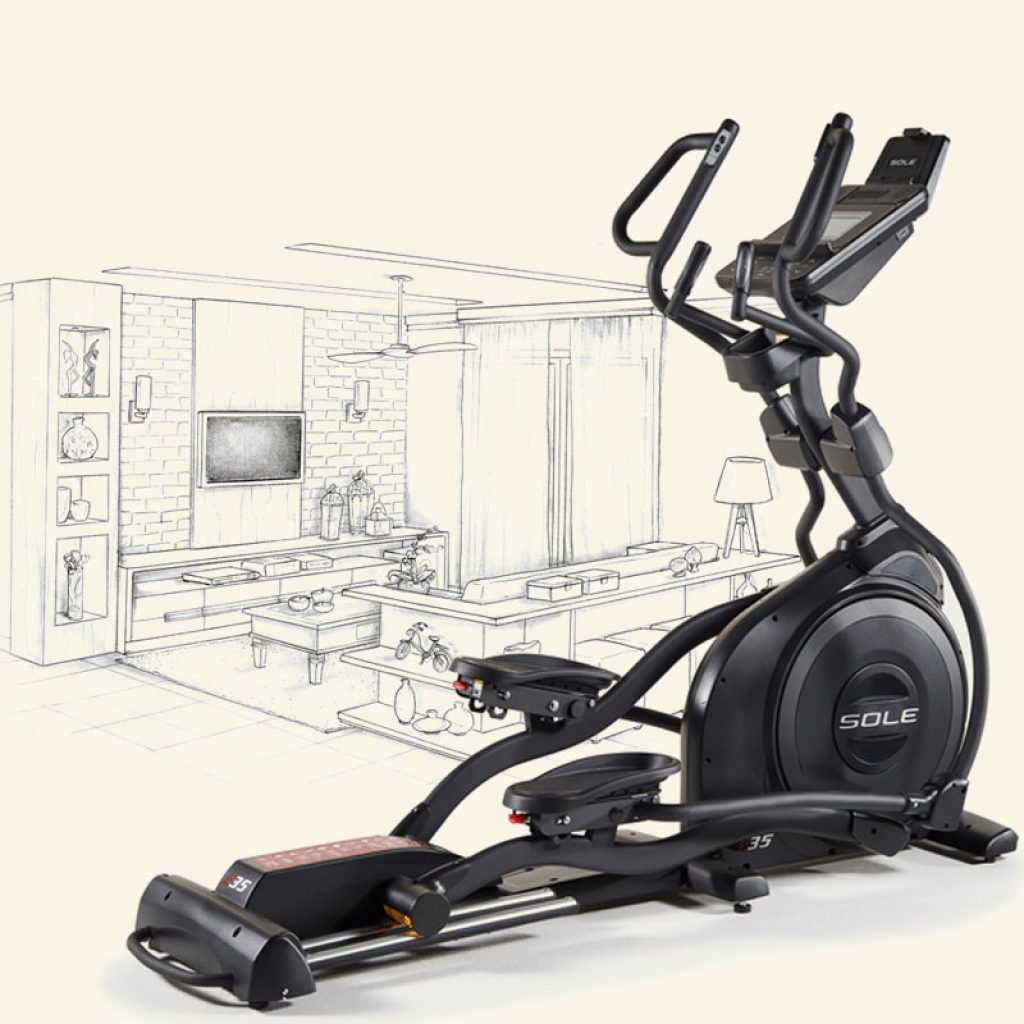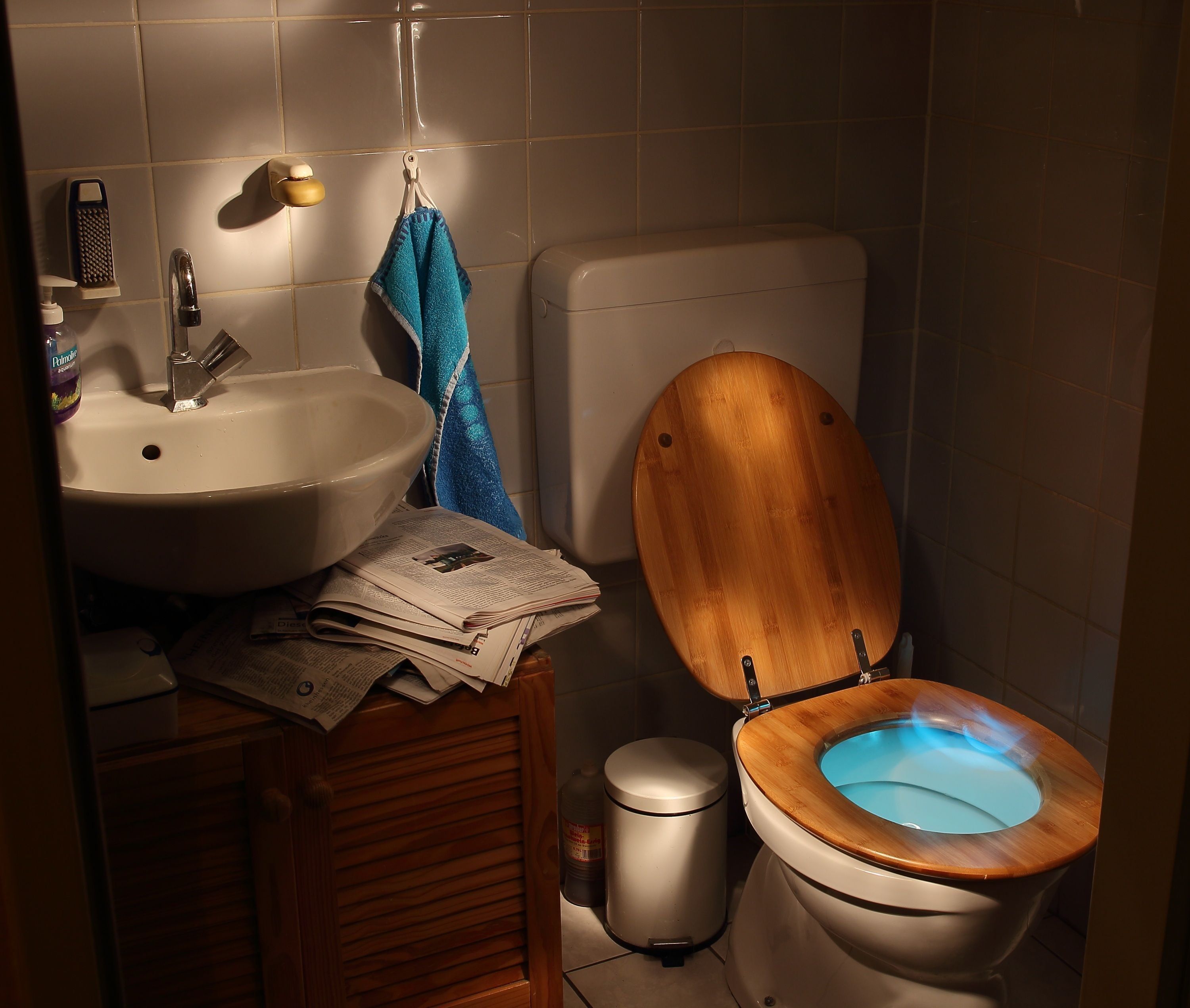Xiaomi Redmi 8 smartphone - advantages and disadvantages

Budget smartphones equipped with the NFC module will soon be replenished with another model - Xiaomi Redmi 8 will be presented in China on August 29th. In addition to NFC, the phone has a number of other good characteristics, which you will learn about by reading our review.
The demand for the NFC module

Now the presence of the NFC module is one of the main criteria for choosing a smartphone in Russia. After all, the payment systems Samsung Pay, Apple Pay and Google Pay that have appeared in Russia make it easy to pay using a contactless method using a smartphone.
Once upon a time, people did not experience the inconvenience of using paper money or coins. But after the appearance of plastic cards, the attitude towards cash has changed significantly: after all, it is much easier to carry only one card with you instead of a wallet with many pieces of paper. Also, non-cash payment eliminates the little things, which can often be obtained in large quantities as change.
It would seem that what could be better than plastic cards? It turns out that a smartphone can be better than a card. And if you can forget cash or a plastic card, then a smartphone is an object that is near a person 24 hours, 7 days a week.
The NFC wireless short distance technology built into the smartphone allows the device to be used as a contactless card. The technology operates at a maximum frequency of 13.56 MHz and at a distance of up to 10 cm.
The abbreviation NFC stands for Near field communication, which translated into Russian means near field communication.
Recently, the head of the Redmi brand said that in the near future all low-cost smartphones will be equipped with an NFC module. The main reason for this decision was the great demand for this technology in the international market.
Xiaomi Redmi 8 review
Main characteristics of the model
| CPU | Qualcomm SDM439 Snapdragon 439 |
| GPU | Adreno 505 |
| Interface: | Android 9.0 |
| MIUI 9 | |
| Front-camera | 8MP video - 1080p @ 30fps |
| Rear camera | 12MP and 2MP, 1080p @ 30 / 60fps video recording |
| Autonomy: | 5000mAh lithium polymer battery |
| charging 10W | |
| Dimensions: | height - 156.3 mm |
| width - 75.4 mm | |
| thickness - 9.4 mm | |
| weight - 190 g | |
| Screen: | IPS LCD, 720 x 1,520 pixels, 19: 9 |
| Corning Gorilla Glass 5, 6.22 inches | |
| Memory: | memory card up to 1 TB |
| operational - 2, 3 and 5 GB | |
| built-in - 16, 32, 64 GB | |
| Connectors | USB On-The-Go, microUSB 2.0 |
| Wi-Fi | Wi-Fi Direct, 802.11 b / g / n, hotspot |
| Bluetooth | 4.2 (aptX HD, A2DP, LE) |
| Radio | yes (FM radio) |
| Infrared port | there is |
| NFC | there is |
| GPS | GALILEO, BDS, A-GPS, GLONASS |
| Sensors | compass, lighting, approximation, fingerprint, accelerometer |
| Sound | 3.5 mm headset and headphone jack, loudspeaker |
| SIM card support | dual sim |
| Network support | 2G, 3G and 4G (HSPA, LTE-A speed) |
| Colors | red, black and blue |
| Materials | plastic, glass |
Power
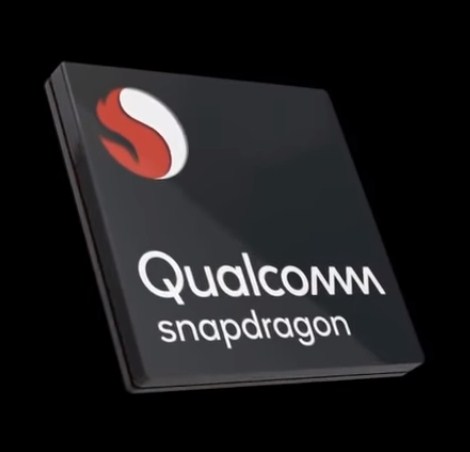
Xiaomi Redmi 8 is powered by a 12nm Qualcomm SDM439 Snapdragon 439 processor, which is represented by 8 Cortex-A53 cores, where two cores are clocked at 2 GHz and six at 1.45 GHz.
It is noteworthy that the previous model, Xiaomi Redmi 7, was equipped with a more powerful chipset - Snapdragon 632. Most likely, this decision was due to the savings on the processor for the sake of other necessary and impressive functions that this budget smartphone is endowed with.
But, you shouldn't get upset about this decision of the manufacturers, since the Snapdragon 439 is distinguished by its battery life and stable overall performance.Of course, the processor is not nimble enough for high-demand games, but it can handle average demands. Also, Snapdragon 439 performs well in solving everyday, ordinary tasks.
Responsible for the graphics is the video processor for middle-class smartphones - Adreno 505. The graphics chipset, produced using 28 nanometer technology, supports the following standards:
- DirectX 12 - for interaction between OS and applications with video processor drivers;
- Vulkan 1.0 - required to display 2D and 3D graphics;
- OpenCL 2.0 is an open computing language;
- OpenGL ES 3.1 + AE is an interface for embedded systems.
operating system
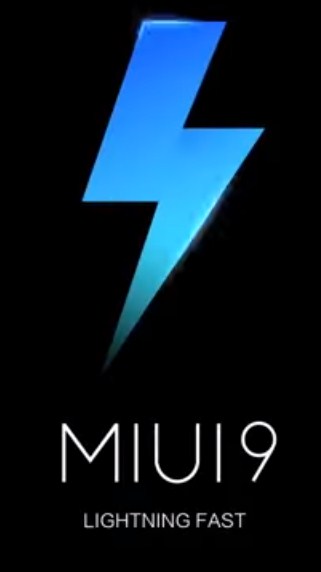
The Redmi 8 has Android 9.0 Pie installed with Xiaomi's proprietary firmware - MIUI 9. The firmware has a number of useful features that improve the appearance and performance of the smartphone. Here are some of them:
- adding new animations and themes;
- change in the menu settings for the desktop, lock screen and security;
- multi-window mode and the ability to respond directly from the pop-up notification window;
- high speed of loading applications and work of the interface;
- new algorithms for clearing the cache and advanced settings;
- second storage and improved power saving function;
- the ability to clone important programs.
Autonomous work
The autonomy of the novelty is simply impressive. The smartphone has a non-removable lithium-polymer battery with a capacity of 5000 mAh. At medium loads, the device can work for two days without recharging. In addition, the new product supports 10W fast charging.
New design
Xiaomi Redmi 8 has a very attractive appearance. On the front there is a large screen that occupies 81.9% of the usable area. Redmi 8 is in line with fashion trends: the front camera is neatly placed in a waterdrop notch. At the bottom of the screen, on a rather wide "chin", you can see the Redmi inscription.
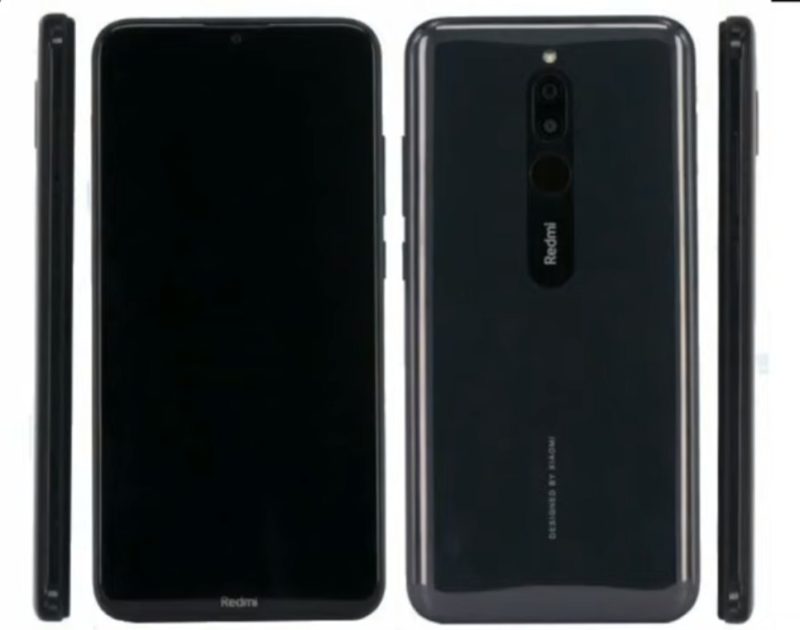
The back panel is made of glossy plastic with a choice of black, red or blue gradient shades. On the panel, in the middle of the surface, there is a dual module of the main camera, above it is an LED flash, below it is a fingerprint sensor and below is the Redmi inscription. Even below there is an inscription Designed by xiaomi.
The right side houses the unlock and power button, as well as the volume rocker. Unfortunately, there is nothing to write about the location of the connectors, since this information is not available on the network, and several photos found on the network show only the location of the power and volume buttons.
Display
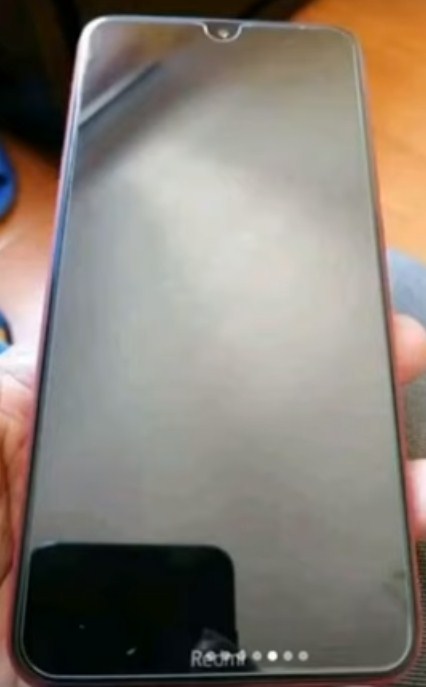
The Xiaomi Redmi 8 display is made using IPS LCD technology. Despite the large diagonal of 6.22 inches (footprint 96.6 cm2), the resolution is only 720 by 1,520 pixels. The display conveys good contrast and has a sufficient margin of brightness, but the detail is not high - the density of pixels per inch is only 271. The aspect ratio of 19: 9 allows you to conveniently use the device with one hand.
The screen is made in 2.5D format and has a fifth generation Corning Gorilla Glass protection.
Cameras

The main camera has a double module:
- The first module with a resolution of 12 megapixels is expressed by a CMOS sensor. The pixel size is 1.25 micrometers, the sensor is 1/2. The aperture is f / 2.2;
- The second module is needed for the depth of the scene. The resolution is 2 megapixels.
Main camera features:
- dual LED flash and autofocus;
- burst, panoramic, and HDR shooting;
- digital zoom and digital image stabilization;
- geotagging and RAW;
- touch focus and scene selection mode;
- face recognition and autostart;
- setting white balance and ISO;
- exposure compensation;
- image resolution - 4,032 by 3,024 pixels at 12.19 Mp, video - 1,920 by 1,080 at 2.07 Mp;
- frame rate - 60 frames per second.
The front camera has an aperture of f / 2.0, a pixel size of 1.25 micrometers and a resolution of 8 megapixels.
It is too early to speak with confidence about the high quality of images, since there are no examples of photos on the network yet. But, based on the provided characteristics, you can be sure that this budget device will not disappoint users.
Memory and device cost
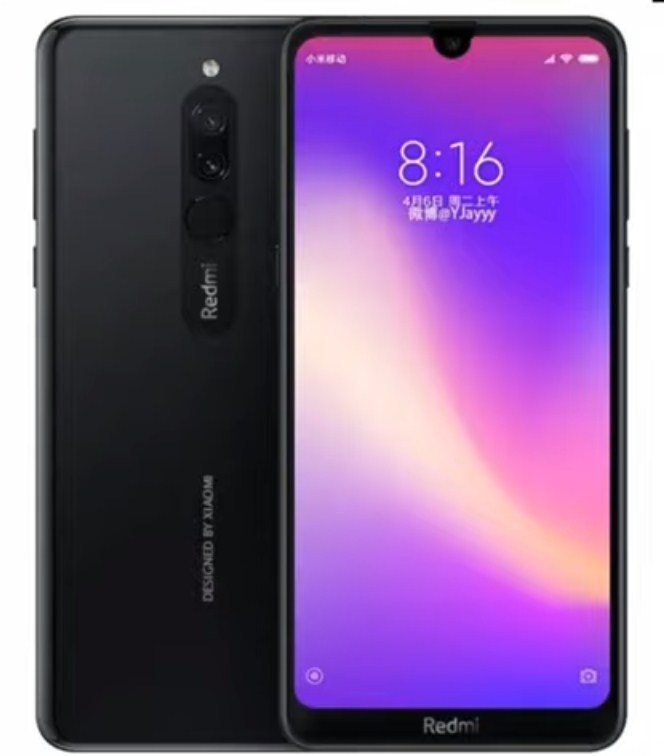
Single-channel LPDDR3 RAM will be available in three versions: 2 GB, 3 GB and 4 GB.The RAM speed is 933 MHz. Internal storage will also be available in three variants: 16GB, 32GB and 64GB. Expansion is also available with memory cards up to 1 TB.
At the moment, there is no exact information about the cost of each modification, but there is information that the price of the smartphone will not exceed $ 160.
Some information about Xiaomi

Four years. That's how much it took Xiaomi to turn the technology market around. Lei Jun, the CEO of Xiaomi, gained his experience while working for the American international corporation Kingston Technology Company for eight years. Lei Jun began his career as an engineer and later became the president of the company. Besides his main job, the future CEO of Xiaomi has invested in various exciting projects and startups. Projects such as online shopping, video services and a mobile browser have brought big profits.
In 2010, Xiaomi Tech was registered. Where a team of specialists of eight, led by Lei Jun, have created a stable MIUI operating system. In just three years, the operating system has become in demand for more than 30 million people.
The world saw the first smartphone from Xiaomi already in 2011. It was the Xiaomi Mi One running Android 4.1 and of course MIUI.
At the moment, Xiaomi is one of the best manufacturers of affordable, high-quality and interesting smartphones.
Advantages and disadvantages of new items
- decent performance;
- NFC and infrared port;
- 3.5 mm headset and headphone jack;
- proprietary firmware with many features;
- high indicators of autonomy;
- beautiful appearance;
- Corning Gorilla Glass 5 display protection;
- good brightness and color rendering of the screen;
- excellent camera performance;
- low cost.
- small amount of RAM;
- not very good picture detail.
Conclusion
Xiaomi was able to create a smartphone that has excellent value for money. For a low price, you can get a fairly productive gadget with a good camera, infrared port and NFC, and long battery life.
new entries
Categories
Useful
Popular articles
-

Top rating of the best and inexpensive scooters up to 50 cubic meters in 2020
Views: 97661 -

Rating of the best materials for noise insulation for an apartment in 2020
Views: 95022 -

Rating of cheap analogues of expensive drugs for flu and colds for 2020
Views: 91751 -

The best men's running shoes in 2020
Views: 87681 -

Top ranking of the best smartwatches 2020 - price-quality
Views: 85092 -

Best Complex Vitamins in 2020
Views: 84801 -

The best dye for gray hair - 2020 top ranking
Views: 82406 -

Rating of the best wood paints for interior use in 2020
Views: 77202 -

Ranking of the best action cameras from China in 2020
Views: 75269 -

Rating of the best spinning reels in 2020
Views: 74827 -

The most effective calcium supplements for adults and children in 2020
Views: 72463 -

Top rating of the best in 2020 means for male potency with a description
Views: 68296

